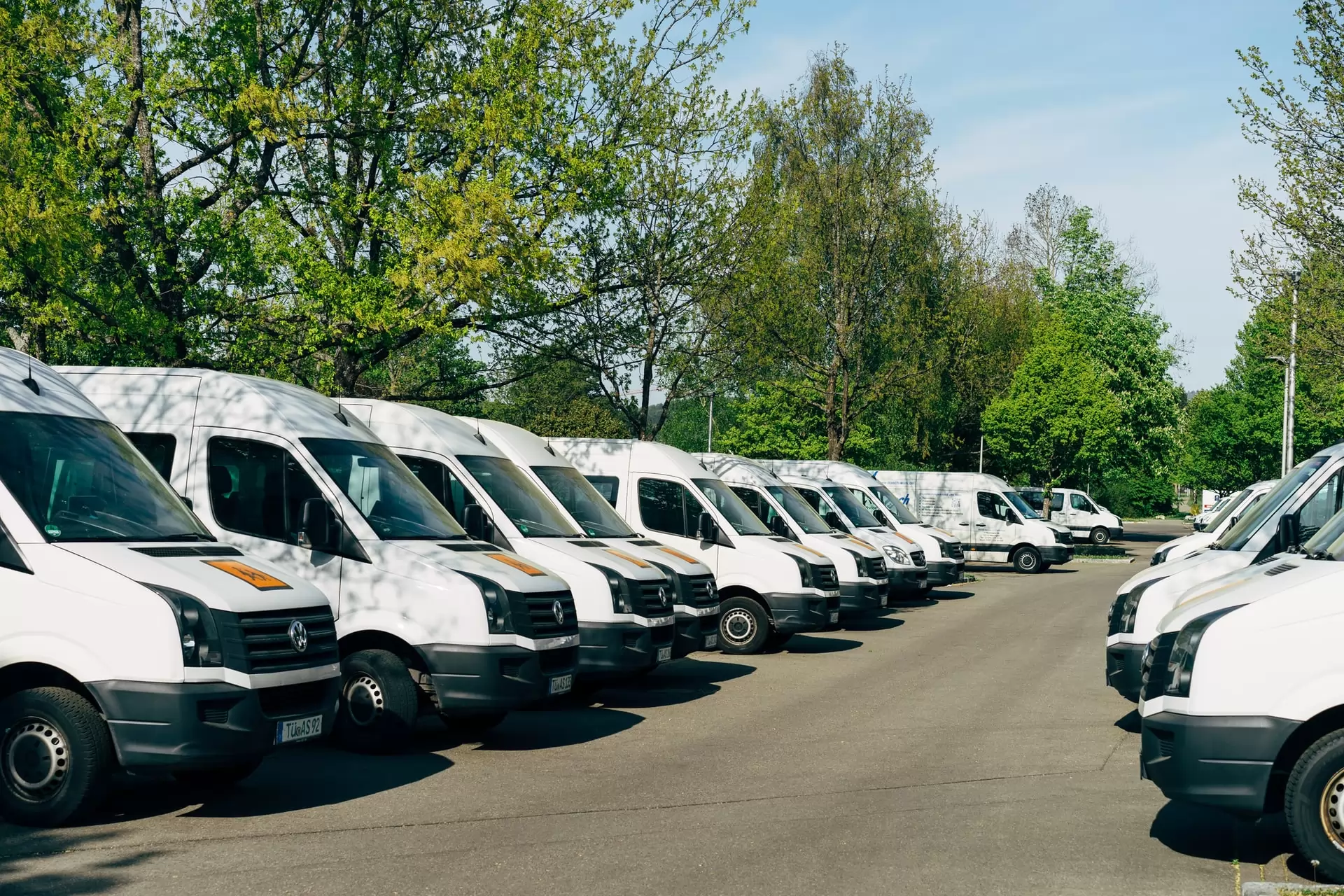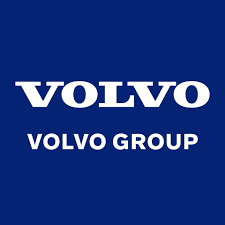Summary
to understand this market
Detailed content
 Inforamtion
Inforamtion
- Number of pages : 30 pages
- Format : Digital and PDF versions
- Last update : 15/03/2022
 Summary and extracts
Summary and extracts
1 Market overview
1.1 Definition and scope of study
The term light commercial vehicle refers to vehicles that are used for the transport of goods or persons and have a maximum total mass of 3.5 tones. The categories of vehicles considered to be light commercial vehicles are:
- Category M2 intended for the carriage of persons with more than eight seats. A D or D1 driving licence is required to drive this type of vehicle.
- Category N1 is intended for the carriage of goods, such as vans. Only a B licence is required to drive this category.
Light commercial vehicles are usually distinguished from heavy commercial vehicles that exceed 3.5 tones and are therefore referred to as commercial vehicles.
The global market was worth USD 67 billion in 2020 and is expected to be worth USD 73 billion in 2026, with a compound annual growth rate (CAGR) of 4.5%. In the last two years, the market has come to a stop because of the pandemic, due to the halt in production and the more difficult distribution of raw materials.
In Italy, as reported by ISTAT data, in the period 2009-2011 176 thousand new registrations were recorded, between 2012-2014 110 thousand registrations, reaching 176 thousand registrations between 2015-2019. At European level, Italy in terms of number of registrations in 2019 is in fourth place in the ranking preceded by France, United Kingdom and Germany. Fiat Professional, Iveco and Piaggio account for 38% of the market. The best-selling models in Italy are the Fiat Ducato, Fiat Doblò Cargo and Iveco Daily. The market for light vehicles breaks down as follows: 28% small vans, 15% small vans, 36% large vans, 14% pick-ups, 9% passenger cars and 7% cars registered as trucks. Geographically, 31% of new light commercial vehicles were registered in the Northwest.
1.2 Le marché mondial
En ****, le marché mondial des véhicules utilitaires légers (***). Après avoir atteint un pic en ****, ce marché a connu trois années successives de déclin progressif. Le marché est en partie tiré par les fabricants et les consommateurs asiatiques, qui représentent une part importante des deux segments. ...
1.3 Un marché national stagnant
L'Italie est un producteur et un acteur important dans le monde des véhicules utilitaires légers. En fait, il y a des entreprises historiques commeFiat Professional, Iveco ou encore Piaggio, qui constituent le moteur du marché.
Au cours de l'année ****,*** *** véhicules utilitaires légers ont été produits par ...
1.4 Véhicules utilitaires légers en circulation
Outre une production et un chiffre d'affaires stables ces dernières années, l'Italie dispose également d'un nombre pratiquement constant de véhicules utilitaires légers en circulation.
Nombre de véhicules utilitaires légers en circulation Italie, ****-****, en millions Source: ****
Le nombre de véhicules reste donc constant ces ...
1.5 Le redressement du commerce électronique après la crise de Covid a favorisé le marché
La crise du coronavirus de **** a modifié les habitudes des consommateurs italiens : dans tous les secteurs, on observe une forte tendance positive en faveur des achats en ligne. Cette tendance favorise mécaniquement le marché des VUL, car il y a toujours un besoin de transport vers le domicile. Les VUL ...
2 Analysis of the demand
2.1 Les marques préférées des Italiens
Source: ****
Méthode d'achat :
Mode d'achat des véhicules utilitaires légers Italie, ****, en % Source: ****
Ces résultats ont été obtenus en tenant compte du propriétaire du véhicule utilitaire léger.
2.2 Émissions des véhicules utilitaires légers
Les fermetures liées à la pandémie de coronavirus ont fortement soutenu la réduction des émissions de CO*. En effet, de **** à ****, les émissions ont baissé de-*,*%, toutes catégories de véhicules confondues.
Émissions de CO* de tous les véhicules Italie, ****-****, en g/km Source: ****
En revanche, ...
2.3 Véhicules commerciaux légers par canal
La demande de véhicules utilitaires légers varie en fonction des besoins des clients. C'est pourquoi le marché doit s'adapter et répondre à chaque besoin.
En ce qui concerne la répartition des ventes de VUL au cours de l'année dernière, le graphique ci-dessous montre la répartition ...
3 Market structure
3.1 Une forte présence de véhicules utilitaires légers dans le nord de l'Italie
Répartition géographique des véhicules utilitaires légers
Italie, ****
Source: ****
La première place pour le nombre de véhicules utilitaires légers vendus en Italie revient au Trentino Alto Adige et à la Lombardie, qui ont tous deux vendu plus de ** *** véhicules.
En ce qui concerne les nouvelles ...
3.2 La "Motor Valley" italienne
En Italie, les véhicules (***) sont produits par quelques entreprises multinationales. Le marché est donc très fermé et il est difficile d'y entrer en tant que nouveau producteur. Il existe plusieurs start-ups et petites et moyennes entreprises qui produisent exclusivement des composants pour les véhicules, mais pas le produit ...
3.3 Type de véhicules utilitaires légers en circulation
Lors du choix du type de VUL pour le client, plusieurs facteurs doivent être pris en compte. En plus du type pour le besoin d'utilisation (***), en Italie il y a le phénomène d'assister à la présence d'un nombre élevé de VUL très récents, alors que ceux achetés ...
4 Analysis of the offer
4.1 Véhicules commercialisés
Les véhicules utilitaires légers doivent répondre à de nombreuses exigences des consommateurs. C'est pourquoi les entreprises disposent d'un vaste catalogue de choix pour les clients. Les VUL peuvent être répartis dans les catégories suivantes :
Petits véhicules :
Il s'agit des véhicules qui peuvent supporter un mignon ...
4.2 Prix de la production de véhicules
A l'aide de la base de données Istat, il est possible d'obtenir un aperçu général de l'évolution des prix à la production des véhicules automobiles, des remorques et des semi-remorques (***) :
Prix de production des véhicules Italie, ****-****, base=*** Source: ****
La notation ISTAT "Indice des prix ...
4.3 Innovations technologiques pour un produit final moderne
Les VUL, avant d'être un moyen de livraison de marchandises, sont des véhicules. Au cours des dernières décennies, ils ont subi des modifications et des innovations qui leur ont permis d'être des véhicules sûrs et modernes tel que nous le connaissons aujourd'hui.
La sécurité ...
5 Regulation
5.1 Règlement
Les véhicules commerciaux ont un poids maximal de *,* tonnes. Si les particuliers peuvent acquérir ce type de véhicule (***), ils sont plus spécifiquement destinés aux professionnels, comme les artisans ou les PME en général. Bien qu'ils conservent les composants mécaniques des voitures particulières, ...
5.2 Réglementations européennes
Réglementation européenne pour les poids lourds :
Depuis le début des années ****, plusieurs réglementations ont été élaborées et mises en œuvre pour lutter contre les effets néfastes des camions sur les routes. Depuis ****, elles sont connues sous le nom de "normes européennes". Ces normes ...
6 Positioning of the actors
6.1 Segmentation des acteurs
- Stellantis (Groupe PSA et Fiat)
- Volvo Group (Renault Trucks et Volvo Trucks)
- PSA Peugeot Citroen
 List of charts
List of charts
- Pays ayant le plus grand nombre de VUL immatriculés en Europe
- Marché mondial des minivans et des VUL
- Segmentation du marché des véhicules
- Chiffre d'affaires des entreprises vendant des véhicules légers
- Vente de la production de véhicules utilitaires légers
All our studies are available online in PDF format
Take a look at an example of our research on another market!
Latest news
Companies quoted in this study
This study contains a complete overview of the companies in the market, with the latest figures and news for each company. :
 Choosing this study means :
Choosing this study means :
Access to more than 35 hours of work
Our studies are the result of over 35 hours of research and analysis. Using our studies allows you to devote more time and added value to your projects.
Benefit from 6 years' experience and over 1,500 industry reports already produced
Our expertise enables us to produce comprehensive studies in all sectors, including niche and emerging markets.
Our know-how and methodology enable us to produce reports that offer unique value for money.
Access to several thousand articles and paid-for data
Businesscoot has access to all the paid economic press as well as exclusive databases to carry out its market research (over 30,000 articles and private sources).
To enhance our research, our analysts also use web indicators (semrush, trends, etc.) to identify market trends and company strategies. (Consult our paying sources)
Guaranteed support after your purchase
A team dedicated to after-sales service, to guarantee you a high level of satisfaction. +44 238 097 0676
A digital format designed for our users
Not only do you have access to a PDF, but also to a digital version designed for our customers. This version gives you access to sources, data in Excel format and graphics. The content of the study can therefore be easily retrieved and adapted for your specific needs.
 Our offers :
Our offers :
the light commercial vehicle (LCV) market | Italy
- What are the figures on the size and growth of the market?
- What is driving the growth of the market and its evolution?
- What is the positioning of companies in the value chain?
- Data from several dozen databases
5 reports pack (-15%) IT Italy
- 5 reports at €75.6 excluding VAT per study to choose from our Italian catalogue for 12 months
- Save 15% on additional studies purchased
- Choose to be refunded any unused credit at the end of the 12-month period (duration of the pack)
See the terms and conditions of the pack and the refund of unused credit.






 Stellantis takes a radical turn in China. - 09/12/2023
Stellantis takes a radical turn in China. - 09/12/2023
 Holcim orders 1,000 electric trucks from Volvo Trucks - 24/05/2023
Holcim orders 1,000 electric trucks from Volvo Trucks - 24/05/2023













